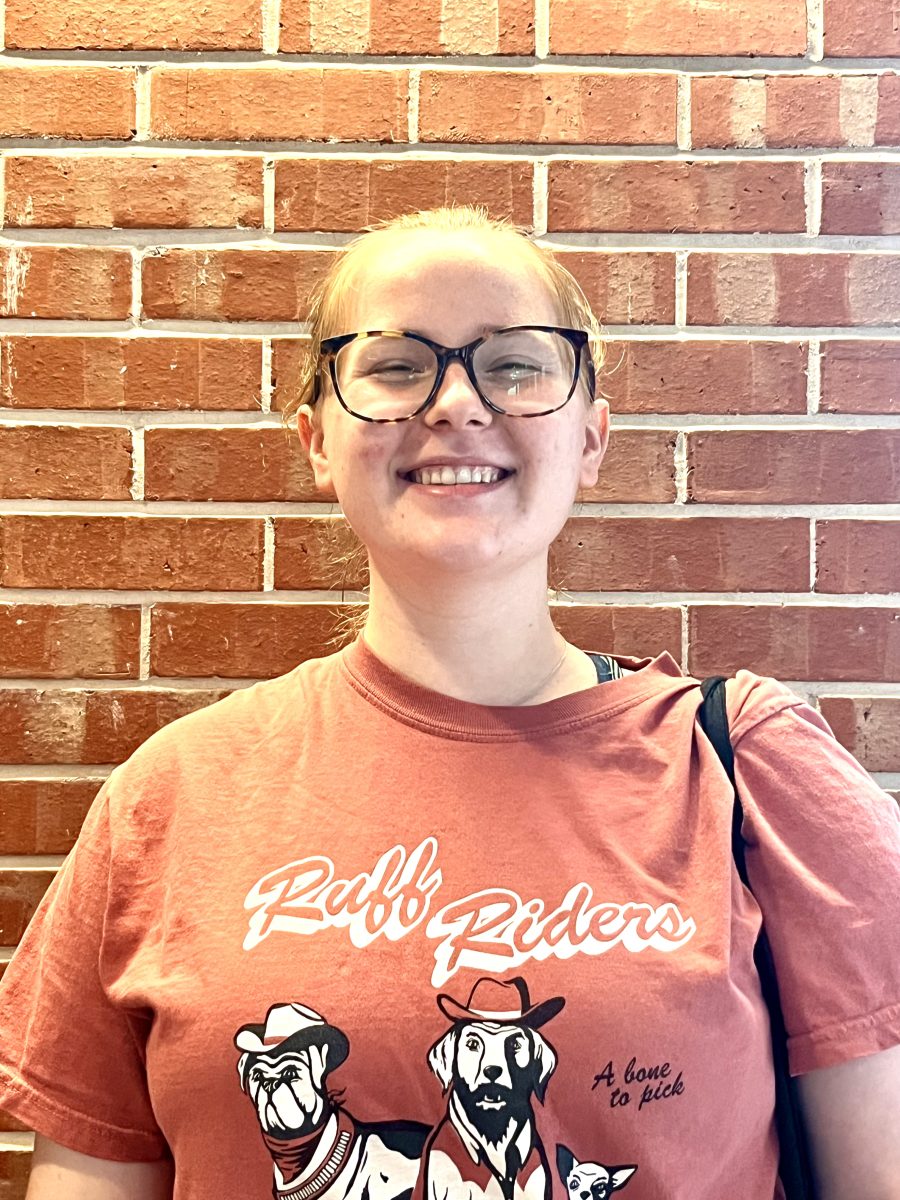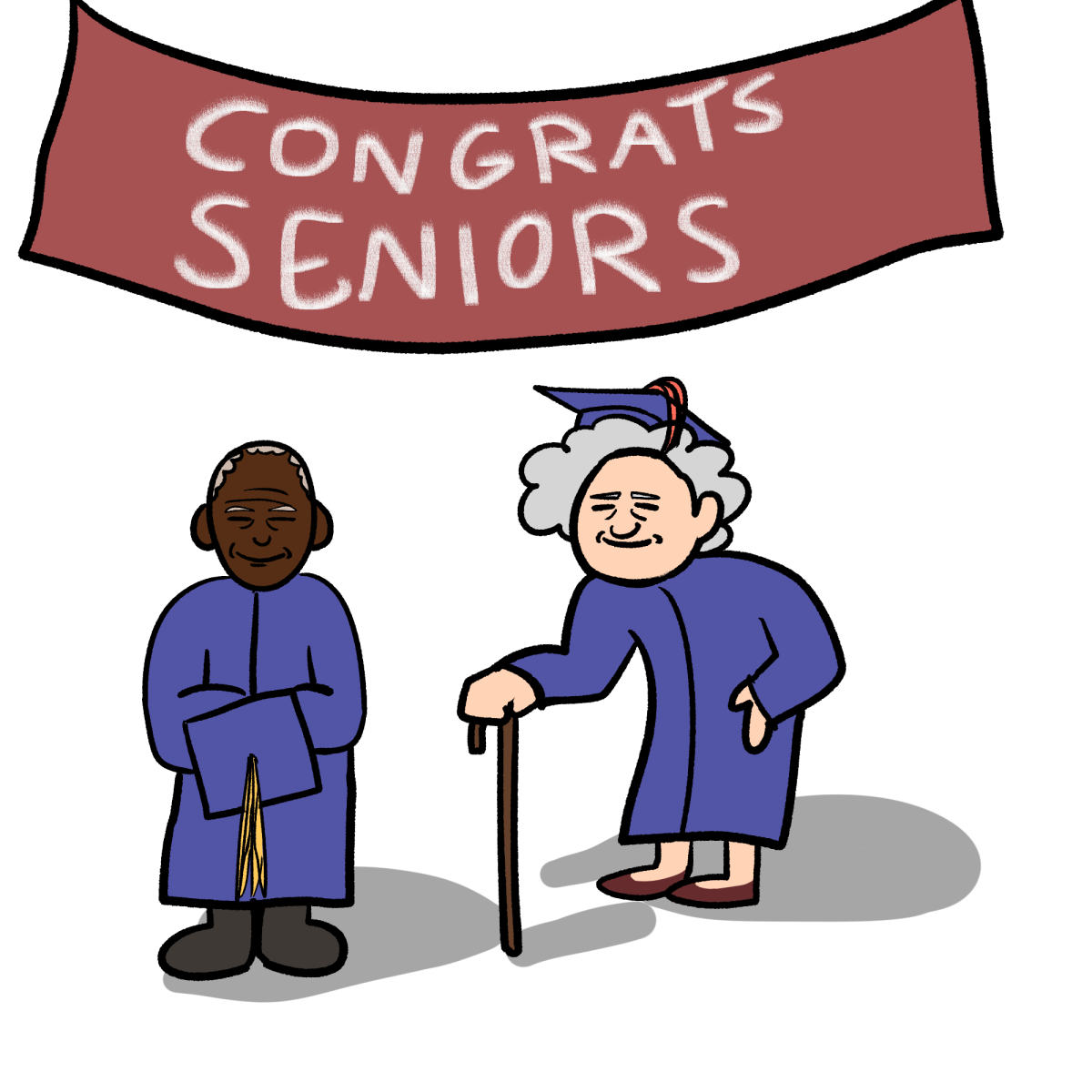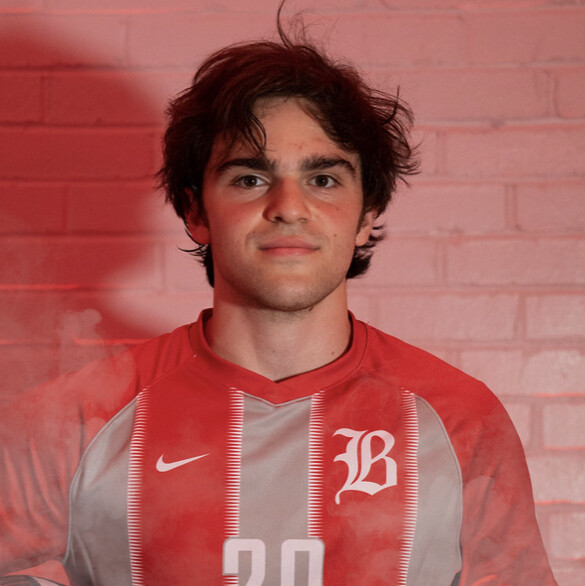Not every student forays into the job market upon graduation. Some students choose to pursue one or more graduate degrees. During graduate school, teaching positions are available to graduate students.
“In Ph.D. world, you have the ability to research what you love, what you’re most interested in,” said Jacob Sanchez, a visiting instructor in communication.
Sanchez is conducting a virtual ethnography of the online culture of basketball Twitter. He hopes to finally defend his dissertation this upcoming May.
“I study basketball Twitter which is subculture that includes fans, players, journalists, team accounts and anyone who tweets mostly about basketball, specifically the NBA. I use what is called a Serious Leisure Information Practice framework from Library and Information Science to show how much work these amateurs or hobbyists perform related to their passion around NBA culture.”
Sanchez received his Bachelor of Business Administration from the University of Texas at Austin in management information systems and his master’s degree in instructional technology. He then went on to Rutgers University to pursue a doctorate in library and information science. Sanchez teaches the Media Interpretation and Criticism course as well as a class on media and technology.
“Undergrads take in information. Masters you have to make some decisions like, “˜Is this good knowledge? Is this bad knowledge?’ And then the level above that [Ph.D.], I read a lot of stuff, but I also have to produce my own stuff. It basically just builds on each other. I’m not just making decisions, I’m also creating new knowledge,” Sanchez said.
Jesàºs Castro-Gorfti, a professor of Spanish, is studying theory of mind within detective fiction in Spanish literature. He will explore the works of Francisco Garcàa Pavà³n and Lorenzo Silva. Castro-Gorfti is beginning the editing process of his dissertation. He expects to defend it this December.
“I am actually the first person in my family to go to college. So when I came to the States, I wanted to learn English and to go to college. So I started with a community college in Virginia, then I eventually transferred to a four-year degree university called James Madison University,” Castro-Gorfti said.
Castro-Gorfti had been offered a teaching position upon his arrival.
“So that was my first time teaching ever. No experience, no degree related to the field. And by the end of the semester, I loved teaching. I was planning to go there for computer science, and after that experience teaching I decided just to switch careers and switch degree plans and go into teaching,” Castro-Gorfti said.
Castro-Gorfti received his Bachelor of Arts in Spanish from James Madison University and his master’s from Loyola University Chicago. He teaches intermediate Spanish I and advanced conversation and composition
“My favorite part of research is that it’s not as structured as an undergrad, so you have freedom to pick what to focus on, which is always a plus. This is your topic to work on.”
The decision to earn a Ph.D., however, isn’t as straightforward for each student.
“I knew my senior year in college that I wanted to be a college professor. But I wasn’t sure what I wanted to do: it took me about 10 years to figure out what I wanted to do,” said Jarrod Stringer, an adjunct First Year Experience professor.
Stringer is pursuing his Ph.D. in 19th century American literature from the University of Texas, Arlington. He blieves that speaking to a variety of experienced professors can help inquiring students determine the best path.
“My general recommendation is to talk to people in your field. Talk to your professors. Ask them, based on your relationship with them and what it is that you want to do, what they would recommend. Every field is different. Every person is different,” Stringer said.
Stringer currently teaches “What We Know Ain’t So,” a course that explores how our brain is programmed to see patterns and determine how people value different things.







